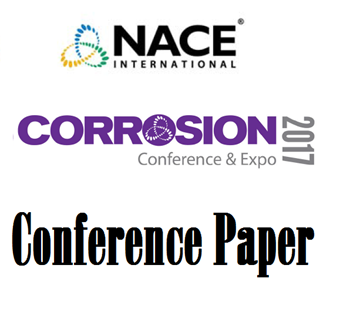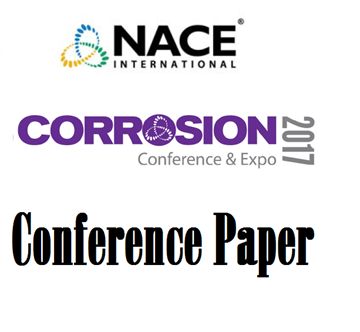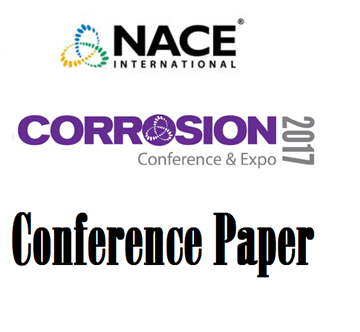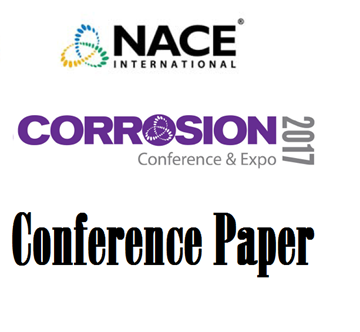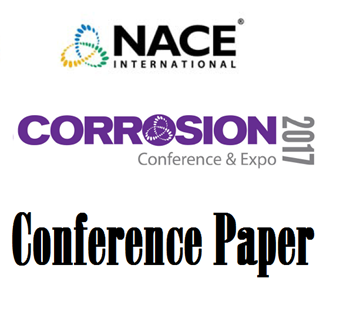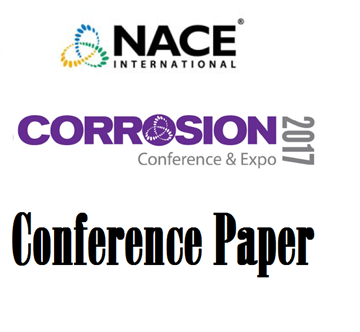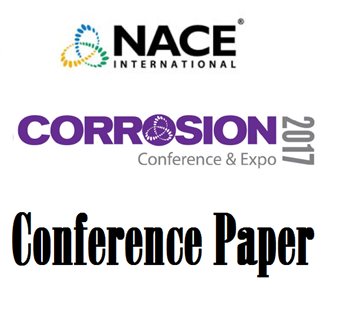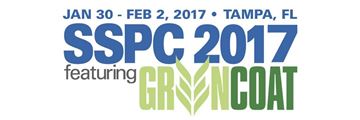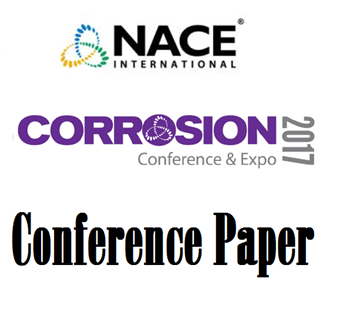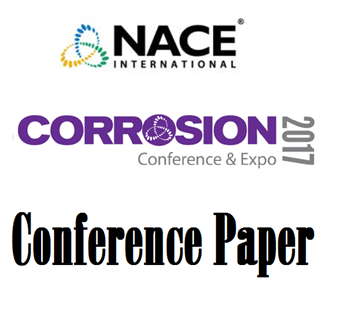Search
Products tagged with '2017 Conference Papers'
View as
Sort by
Display
per page
A Study on the Microstructure Mechanical Properties and Corrosion Resistance of Centrifugally Cast Heavy Wall Thickness Low Carbon 46Ni-35Cr-9Mo Alloy
Product Number:
51317--9349-SG
ISBN:
9349 2017 CP
Publication Date:
2017
$20.00
AA5083 and AA6082 Exposed to Seawater – Effect of Temperature and Potential on Corrosion Behaviour
Product Number:
51317--8942-SG
ISBN:
8942 2017 CP
Publication Date:
2017
$20.00
AC Interference and Mitigation: Heartland Case Study
Product Number:
51317--9461-SG
ISBN:
9461 2017 CP
Publication Date:
2017
$20.00
Accelerated Corrosion of 2304 Duplex Stainless Steel by Marine Pseudomonas Aeruginosa Biofilm
Product Number:
51317--9326-SG
ISBN:
9326 2017 CP
Publication Date:
2017
$20.00
Accelerated Corrosion of 304H SS in RFCC Regenerators Involving Low Temperature Eutectic-Forming Salts
Product Number:
51317--8915-SG
ISBN:
8915 2017 CP
Publication Date:
2017
$20.00
Accelerated Field Exposure using Seawater Spray: A Comparison to Traditional Atmospheric Test Methods
Product Number:
51317--9335-SG
ISBN:
9335 2017 CP
Publication Date:
2017
$20.00
Accelerated Offshore Coating Performance Testing
Product Number:
51317--9134-SG
ISBN:
9134 2017 CP
Publication Date:
2017
$20.00
Acceptance Testing for Coatings in Insulated Service
Product Number:
51217-057-SG
Publication Date:
2017
$20.00
Achievement of Cathodic Protection of Buried Steel Pipelines by Either Passivity or Immunity
Product Number:
51317--8829-SG
ISBN:
8829 2017 CP
Publication Date:
2017
$20.00
ACVG or DCVG - Does it Matter?
Product Number:
51317--9374-SG
ISBN:
9374 2017 CP
Publication Date:
2017
$20.00
Aim Corrosion Management: Perfect Key Performance Indicators
Product Number:
51317--8823-SG
ISBN:
8823 2017 CP
Publication Date:
2017
$20.00
Ammonium Chloride Corrosion in the Refining Industry
Product Number:
51317--9574-SG
ISBN:
9574 2017 CP
Publication Date:
2017
$20.00

